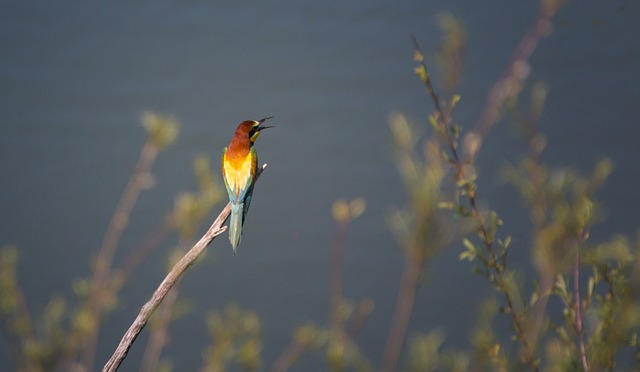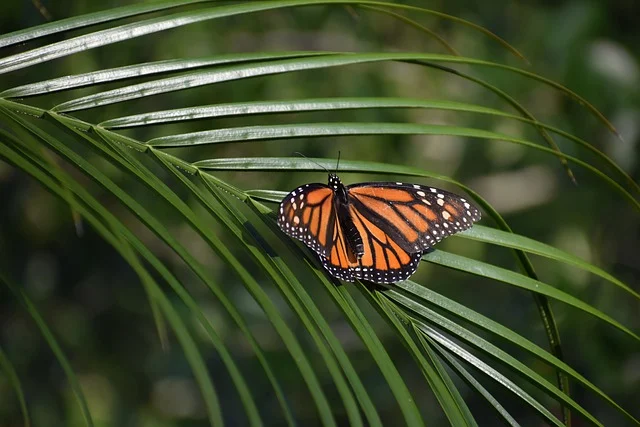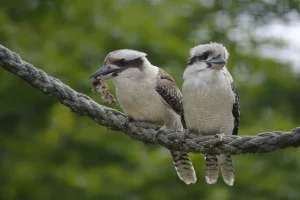As the world faces an escalating biodiversity crisis, the importance of protecting endangered species has never been more urgent. Traditional conservation strategies, often led by government agencies and NGOs, have proven effective in certain contexts but sometimes overlook a critical component: local communities. Community-based conservation (CBC) empowers local populations to actively participate in conservation efforts, fostering a sense of ownership and responsibility for their natural resources. This article explores the role of community-based conservation in protecting endangered species, highlighting its principles, benefits, challenges, and successful case studies.
Understanding Community-Based Conservation
Community-based conservation is an approach that engages local communities in the management and protection of their natural resources. Rather than imposing top-down conservation policies, CBC recognizes that local communities possess invaluable knowledge about their ecosystems and have a vested interest in their preservation. The goal is to create a collaborative framework where conservation and community development go hand in hand.
Key Principles of CBC
- Local Engagement: Involving local populations in decision-making processes ensures that conservation strategies are culturally relevant and tailored to the specific needs of the community.
- Empowerment: CBC empowers communities by providing them with the tools, resources, and training needed to manage their natural resources sustainably.
- Economic Incentives: By creating alternative livelihood opportunities that are compatible with conservation, CBC can reduce dependence on practices that harm endangered species.
- Education and Awareness: Raising awareness about the importance of biodiversity and endangered species is essential for fostering a conservation ethic within communities.
Benefits of Community-Based Conservation
Enhanced Biodiversity Protection
When local communities are actively involved in conservation, they are more likely to prioritize the protection of endangered species. Studies have shown that areas managed by local communities often exhibit higher levels of biodiversity than those managed solely by external organizations. This is because local communities have a deep understanding of their ecosystems and a vested interest in maintaining them.
Sustainable Resource Management
Community-based conservation promotes sustainable resource management practices that align with the needs of both people and wildlife. For instance, local fishing communities can implement sustainable fishing practices that not only protect fish populations but also ensure food security for future generations.
Conflict Resolution
One of the significant challenges in conservation is human-wildlife conflict. CBC encourages communities to develop strategies to mitigate these conflicts, such as creating buffer zones or establishing compensation programs for farmers who suffer losses due to wildlife. This collaborative approach fosters coexistence between humans and endangered species.
Economic Benefits
By involving communities in conservation efforts, CBC can create economic opportunities that benefit both people and wildlife. For instance, eco-tourism initiatives can generate revenue for local communities while promoting the conservation of endangered species. When communities see tangible economic benefits from conservation, they are more likely to support these efforts.
Challenges Facing Community-Based Conservation
Despite its many benefits, community-based conservation is not without challenges.
Lack of Resources
Many communities lack the financial and technical resources necessary to implement effective conservation strategies. External support from NGOs, government agencies, and international organizations can be vital in building capacity and providing necessary resources.
Conflicting Interests
In some cases, local communities may have interests that conflict with conservation goals. For example, communities that rely on hunting or logging for their livelihoods may resist conservation measures that restrict these practices. Effective communication and negotiation are essential to find mutually beneficial solutions.
Governance and Policy Frameworks
Weak governance structures can hinder the success of community-based conservation initiatives. Effective policy frameworks are needed to support community rights, ensure equitable benefit-sharing, and protect local resources.
Successful Case Studies of Community-Based Conservation
The Namibian Communal Conservancies
Namibia is often hailed as a pioneer in community-based conservation. The country established communal conservancies in the early 1990s, allowing local communities to manage wildlife resources sustainably. This initiative has led to a remarkable recovery of wildlife populations, including endangered species like the black rhino. The conservancies provide economic benefits through eco-tourism, enabling communities to see the value of protecting their natural heritage.
The Maasai Mara Wildlife Conservancies
In Kenya, the Maasai Mara region is home to several community-based wildlife conservancies. Local Maasai communities collaborate with conservation organizations to manage wildlife and protect their land. These conservancies have led to significant increases in wildlife populations and have reduced human-wildlife conflict. By promoting eco-tourism, local communities benefit economically while ensuring the protection of endangered species.
The Amazon Rainforest and Indigenous Communities
Indigenous communities in the Amazon rainforest have been at the forefront of conservation efforts to protect their ancestral lands. By practicing traditional land management techniques and advocating for their rights, these communities have successfully resisted deforestation and habitat loss. Collaborative efforts with environmental NGOs have further enhanced their capacity to protect endangered species, such as the Amazon river dolphin and jaguar.
The Path Forward: Strengthening Community-Based Conservation
To maximize the effectiveness of community-based conservation in protecting endangered species, several strategies can be employed:
- Capacity Building: Providing training and resources to local communities enhances their ability to manage natural resources sustainably.
- Policy Support: Governments should create supportive policies that recognize and empower community rights in conservation efforts.
- Partnerships: Collaborative partnerships between communities, NGOs, and government agencies can lead to more effective conservation strategies.
- Monitoring and Evaluation: Implementing robust monitoring and evaluation frameworks can help assess the impact of community-based conservation initiatives and make necessary adjustments.
Conclusion
Community-based conservation plays a pivotal role in protecting endangered species by fostering local engagement, enhancing biodiversity protection, and creating sustainable livelihoods. While challenges remain, successful case studies from around the world demonstrate the potential of CBC to empower communities and promote conservation. As we move forward, strengthening community-based approaches will be essential in our collective effort to safeguard the planet’s biodiversity for future generations. By recognizing the vital role of local communities, we can create a more inclusive and effective conservation landscape that benefits both people and wildlife.






